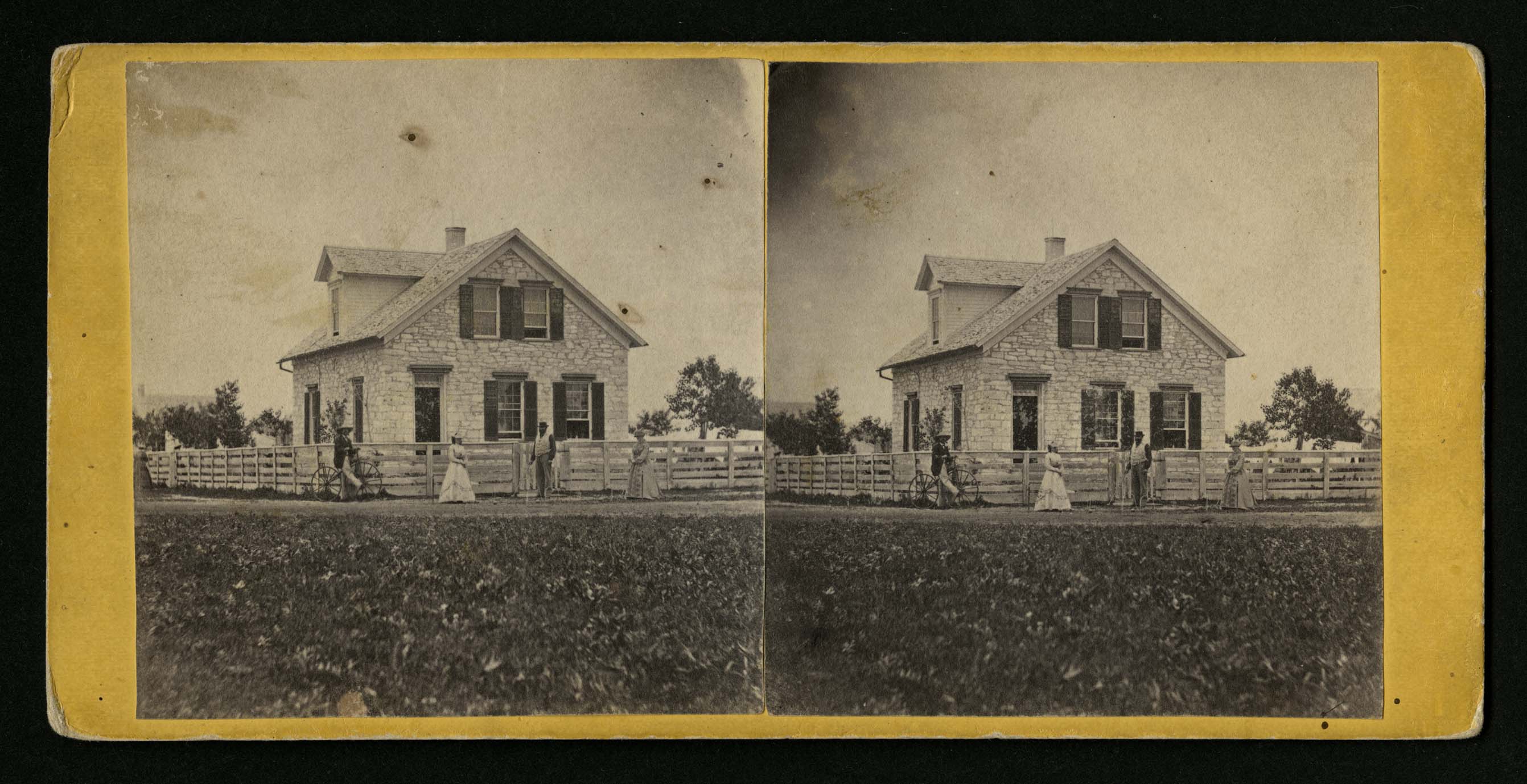Details
Collection: 00670 Digitized Images from Collection
Title: George William Hill
Date: 1868-1882
Summary: This collection contains seventy-five stereograph scenes photographed by Stanley J. Morrow between 1868 and 1882, six portraits of North American Indians by C. L. Hamilton, Fort Randall (D.T.), and two stereographs by Benjamin Franklin Upton from his series of Indian Portraits and Views. The Morrow stereographs includes views of the Badlands, signers of the Peace Treaty between the Rees, Gros Ventres and Mandans of Fort Berthold and the Sissetons (Sioux) of Fort Totten (D.T.), Yankton and Missouri River scenes and steamboats, Fort Totten and vicinity, Fort Abercrombie, Fort Stevenson, Fort Buford, Fort Berthold, Fort Rice, Fort Sully, Fort Thompson and vicinity, the Cheyenne Agency, Grand River Agency, and Santee Mission. The Upton stereographs show Indian village scenes and portraits. The C. L. Hamilton photographs are mostly full length portraits of Indians who were interned at Fort Randall (D.T.).
Enter a subject or term in one or both of the “Search” boxes.
- “Item Detail” searches the Title, Creator and Summary fields of all item-level records.
- “Collection Number” searches the Collection Number field only and requires an exact match.
The “DETAILS” button provides additional information about an item, as well as the following options:
- “Collection Summary” details the contents of the entire collection in which the selected item is located.
- You can print the image and its corresponding details by selecting “Print".
- “Digitized Images from the Collection” returns a list of all digitized items within that collection (available from the “Collection Summary” screen).
Click on image to expand/zoom the image view.
“Photobook home” takes you back to the main Photobook page where you can start a new search.
“Featured Collections” showcases new and/or popular collections and the digitized images within those collections.
Information on how to order copies is located here.
The collections preserved in the North Dakota State Archives include over a million images. Only a small percentage of these images have been digitized. This photo gallery provides a preview of the images that have been digitized.
For more information on the non-digitized images, please refer to the finding aids found on our website at history.nd.gov, or ask a member of our reference staff for assistance.


